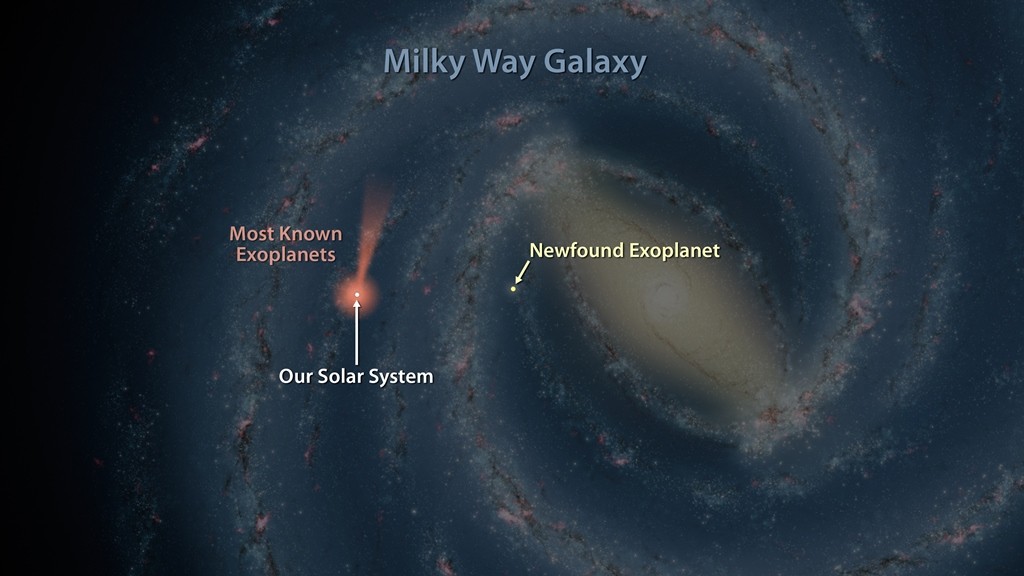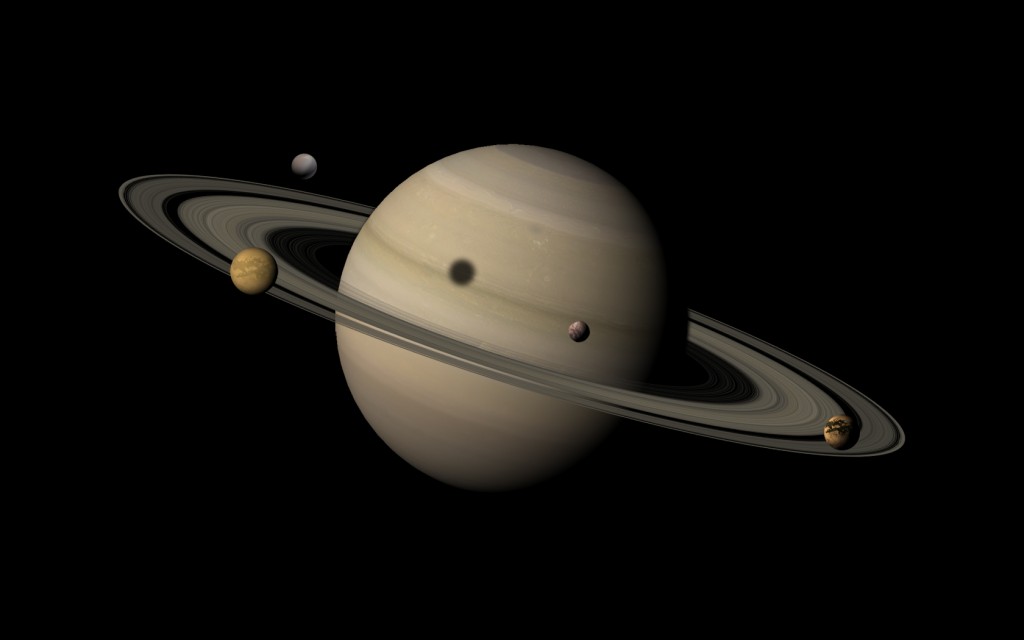A number of exoplanets have been discovered by NASA over the decades of which most of them are said to be neighboring the Solar System. The farthest ever known exoplanets from Earth is residing 13,000 light-years away. The discovery was courtesy of NASA’s Spitzer Space Telescope.
Spitzer combined its observations with data collected from the Polish Optical Gravitational Lensing Experiment’s Warsaw Telescope. It is expected that the 13,000 light-years from Earth will give insights into how the planets are distributed throughout the Milky Way.
The phenomenon used by Warsaw Telescope for gathering data is known as microlensing. It is recognized when a star is seen passing in front of the other. From this, there is a clearer view of more distant stars and from a vantage point.
Gravity magnifies and intensifies the light of the distant star when the star passes another. Planets orbiting the distant star are revealed but majorly as small disruptions under the telescope.
The microlensing method was able to identify around 30 exoplanets. However, the distances of the distant planets and other stars are still under a lot of uncertainty. It is not always that the microlensing method will show the distant of the stars that are far away.
However, Spitzer is able to help in all this besides being able to observe a microlensing event taking place at different times. For the newly discovered exoplanet, the event was much longer than usual. Reports have it that it lasted for 150days and Spitzer observed the event earlier than Warsaw with 20days.
The delay was enough to allow calculation of the distance to the newly found planet. Apparently, the planet’s mass could be half of that for Jupiter.
“Having only observed and explored our own solar neighborhood as it is now, it is easy to use the single lenses to carry out statistics on these planets. This is according to Sebastiano Calchi Novati of NASA’s Exoplanet Science Institute.


